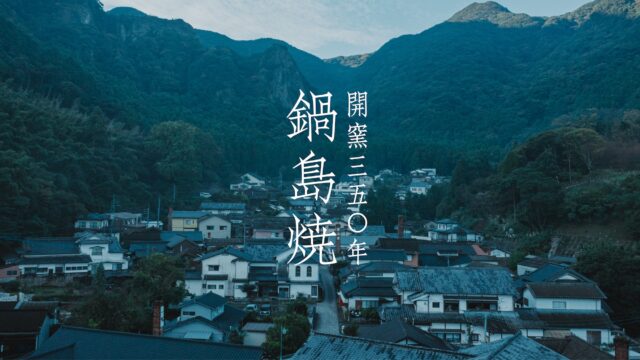Shitsurindo and ZOZO NEXT Launched Collaborative Research on New Lacquer Techniques
KOGEI Topics VOL.19
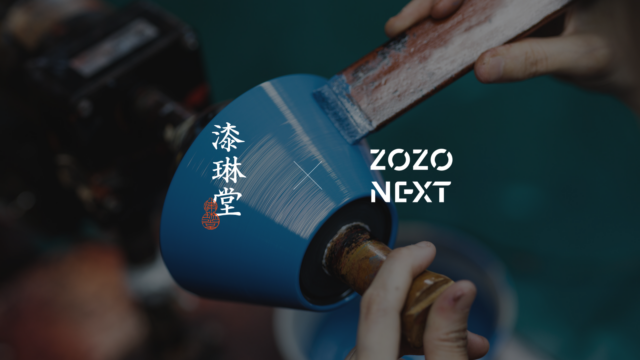

VOL.1-19
Update
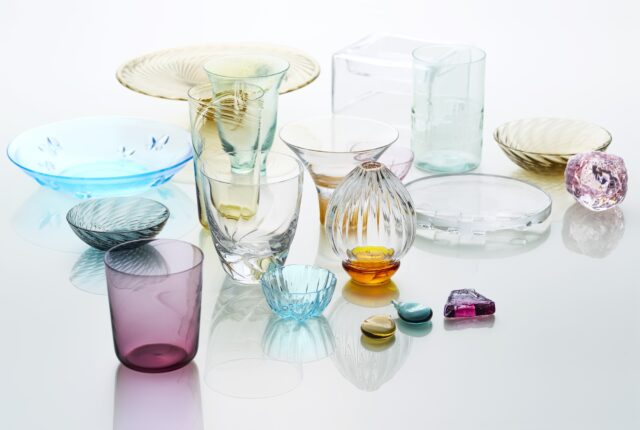
VOL.1-17
Update
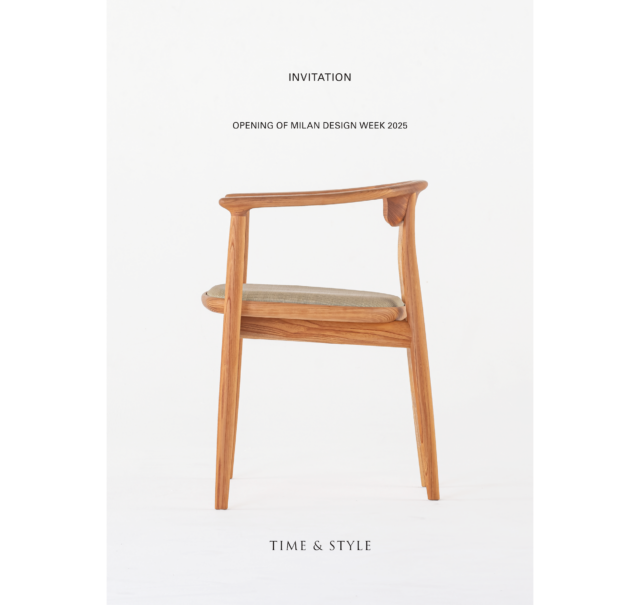
VOL.1-43
Update
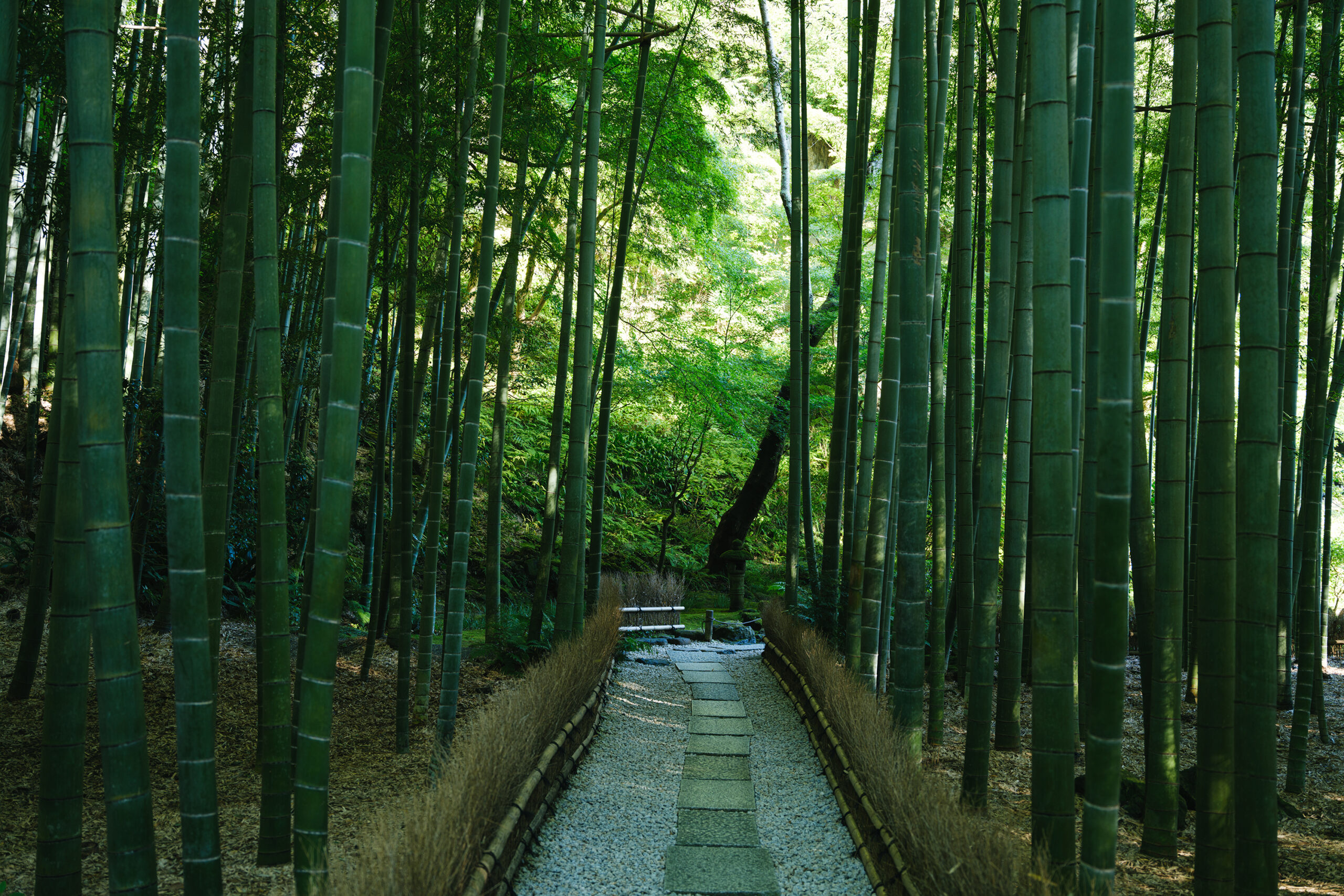
VOL.1-2
Update
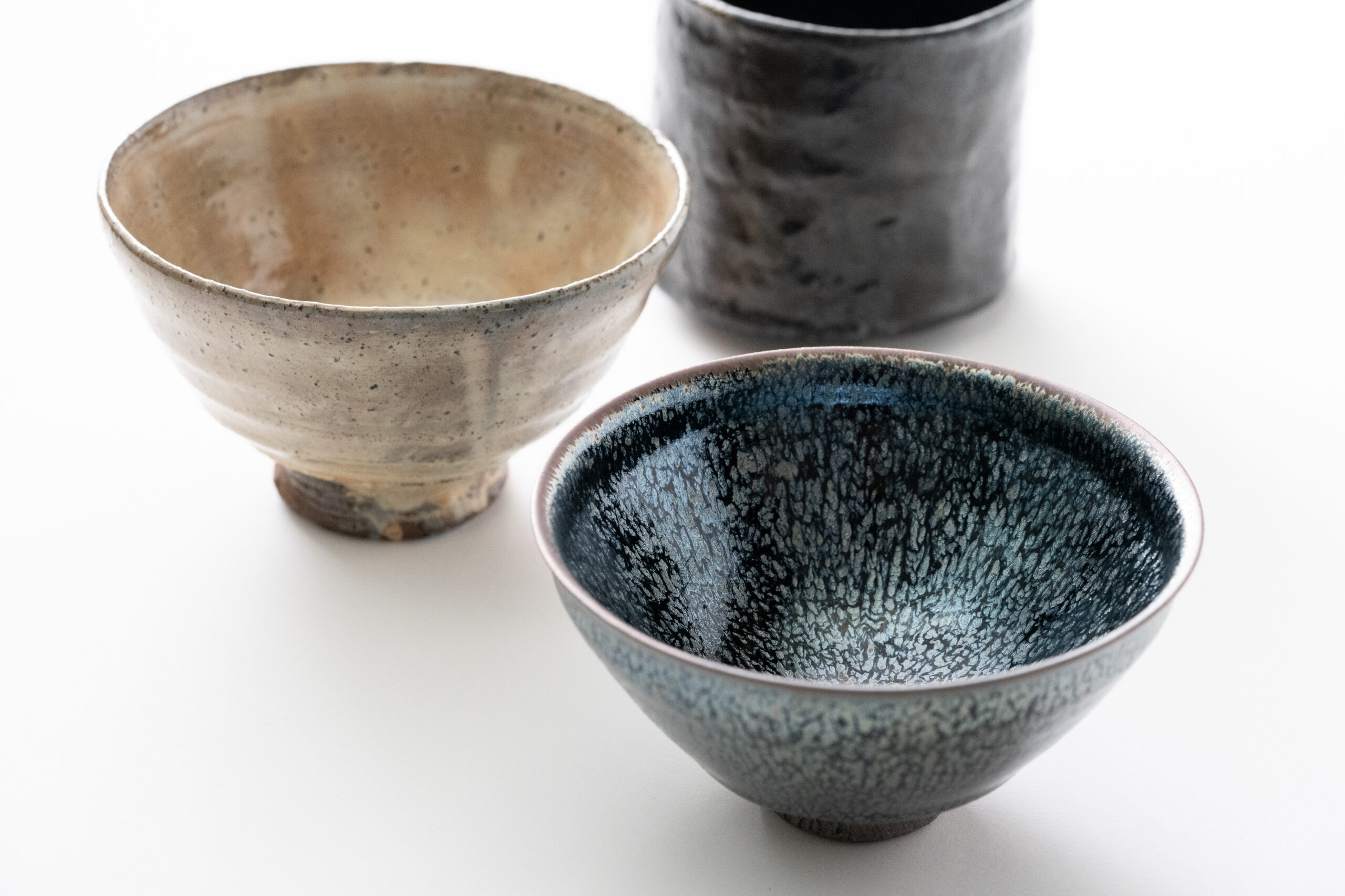
VOL.1-3
Update

VOL.1
Update
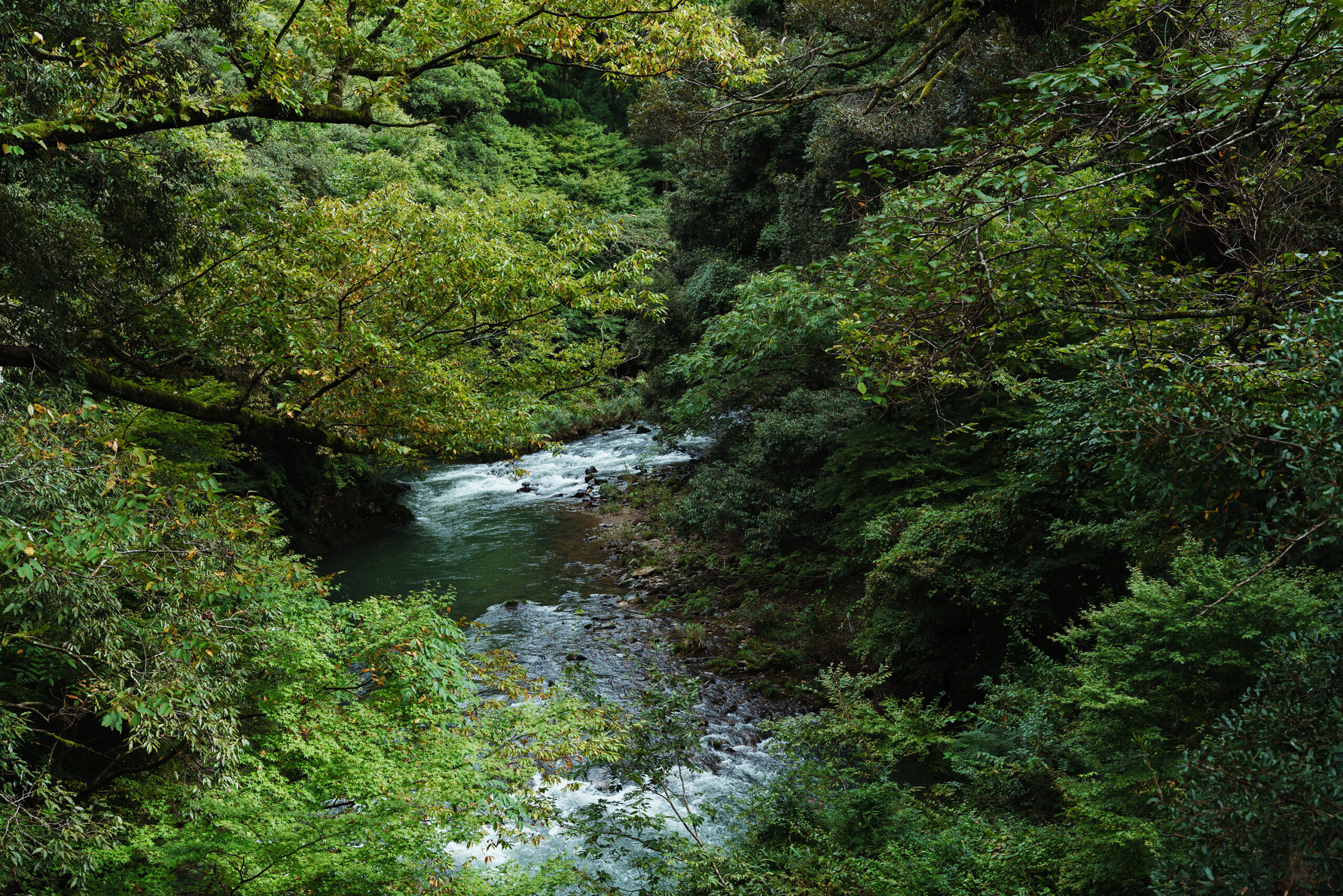
VOL.1-7
Update
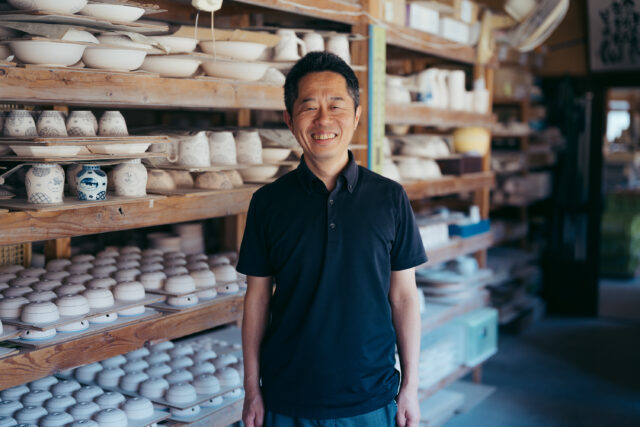
VOL.1-32
Update
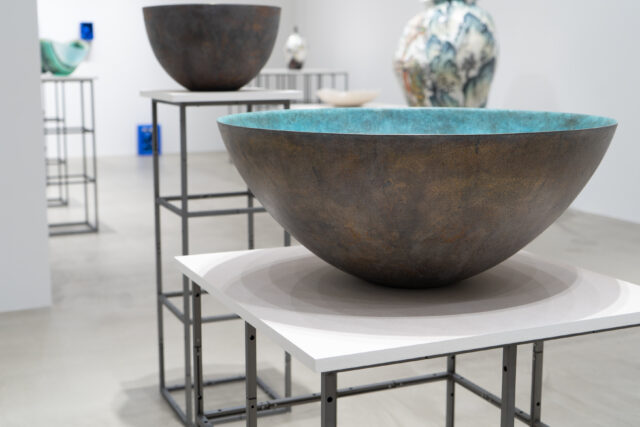
VOL.1-26
Update
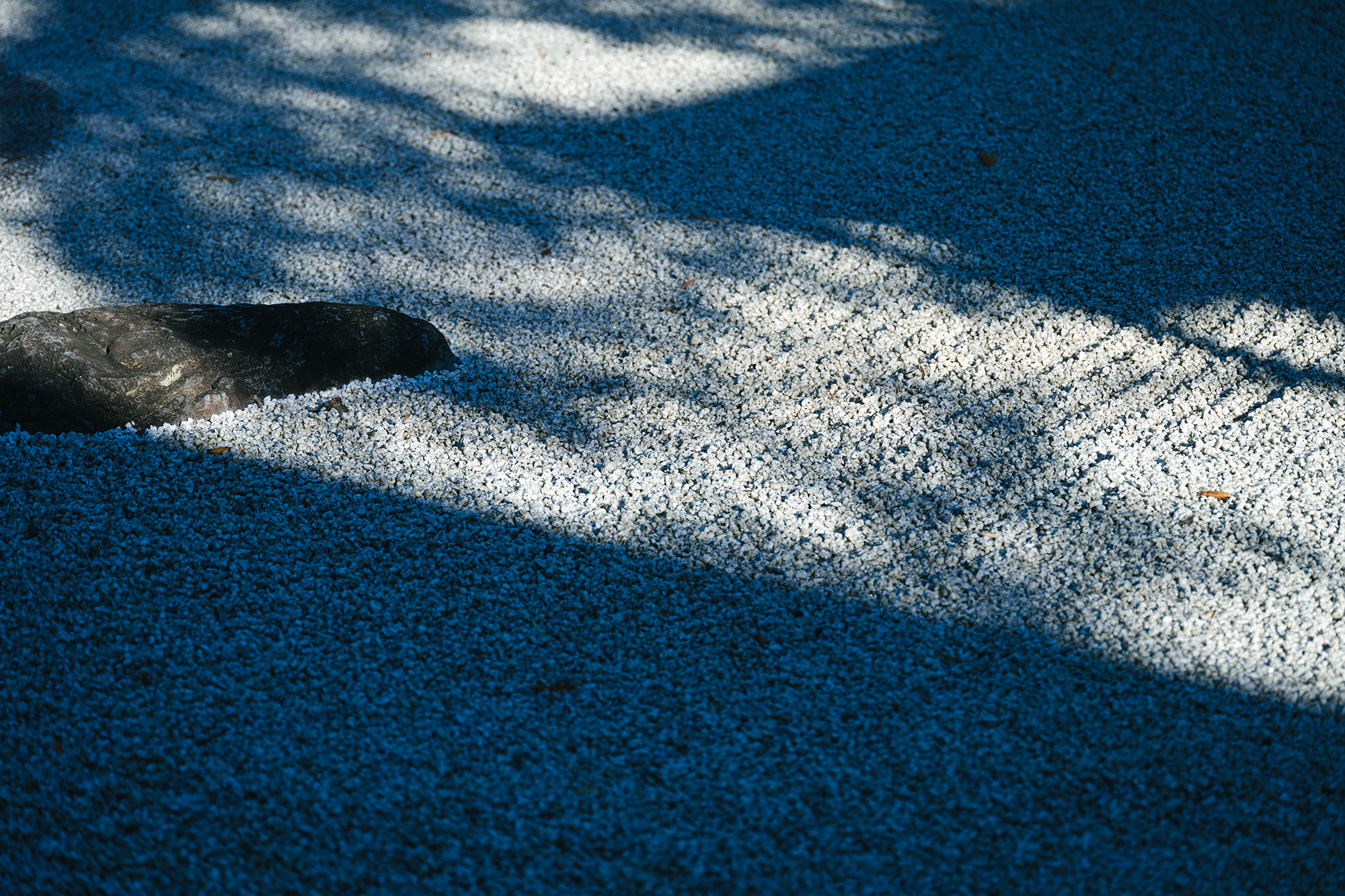
VOL.1-12
Update
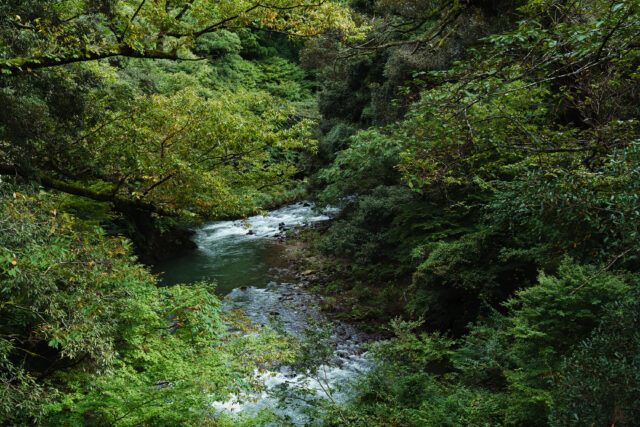
VOL.1-3
Update
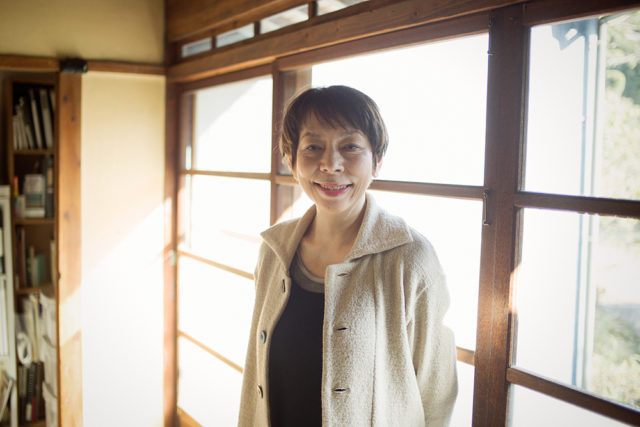
VOL.1
Update
We share a variety of information and perspectives on Japanese crafts, including exhibition information and interviews.
KOGEI Topics VOL.19
New Products VOL.17
Featured Exhibitions & Events VOL.43
KOGEI Topics VOL.18
Apr 5 – Jun 22, 2025
SEIKADO BUNKO ART MUSEUM
Apr 8 – May 6, 2025
The Gotoh Museum
Apr 11 – Jun 15, 2025
Kyoto City KYOCERA Museum of Art
Apr 12 – Jun 29, 2025
TOGURI MUSEUM OF ART

Nakagawa Mokkougei has two woodwork studios that has been producing oke (wooden tubs) for generations. The first workshop was set up in Kyoto by Mr. Kameichi Nakagawa and it is currently managed by the second-generation Mr. Kiyotsugu Nakagawa while his son, the third-generation Mr. Shuji Nakagawa set up and runs a separate workshop in Hira, Shiga Prefecture. Shuji learned his woodworking skills under the tutelage of his father who in 2001 was designated as a “Living National Treasure” who is a holder of “Important Intangible Cultural Property”. He became independent in 2003. Currently, there are only four workshops remaining in Kyoto that make wooden tubs including Nakagawa Mokkougei, whereas in the past they were made all over Japan and nearly 250 workshops existed in Kyoto alone.
The woodworking industry in Kyoto is known for its creativity and has responded to various requests from prestigious hotels and restaurants through the years. At Nakagawa Mokkougei, the techniques have been passed down from father to son. Here in the Hira studio they are mainly producing tubs using wood materials such as hinoki, sawara (Japanese cypress), koya-maki (Japanese umbrella pine) and sugi (cedar), as well as making a wide range of woodworks from large furniture to small items such as trays, sake servers and sake cups. Shuji is also trying on new woodworks while utilizing traditional techniques. In 2012, he contributed to the formation of a traditional kogei team “GO ON” based in Kyoto as one of the founding members. He created his work by a dynamic exchange of ideas with other members beyond their own boundaries, such as a tea-caddy artisan and a metal-knitting craftsman. This project has drawn attention in exhibitions and media both domestic and overseas, resulting in the dissemination of kogei in Kyoto in various ways.
Champagne coolers made of bishu-hinoki (Japanese cypress) and koya-maki (Japanese umbrella pine) are Shuji’s representative works. After joining the wood slats with bamboo pegs, he secures them with a hoop. The curved rim shows a new unconventional design, which led it to be selected as the official champagne cooler for Dom Perignon in 2010. His works were exhibited in Milan, Italy in 2011 followed by Paris, France and London, UK in 2013, and recently in the United States, as he is focused on activities which could capture international attention. “I want to convey the wooden tubs to the next 100 years,” says Shuji. Believing in the potential of the wooden tub, he continues to face the wood daily.
